Martin Parr is unexpectedly good at barking. A gruff noise, more ‘ruff’ than ‘woof’. His bark is directed at a permed white dog who is a bit too excited by the occasion to sit still long enough for Parr to photograph it standing between its two owners. Man, woman, and dog stand in front of a yellow and blue patterned screen: the two owners still and a little nervous, the dog excited and restless – more interested in the other dogs wandering around the gallery than Parr’s efforts to hold its attention with squeaky toys. The bark works though; the dog looks up for long enough for Parr to shoot a few frames of his three subjects.
As the shoot continues other dogs wander around the gallery space while Parr’s assistants use computers to show their owners the frames he has shot of them and their pets slightly earlier in the morning. They are mostly full-length shots in front of the intensely patterned screen, colour interpretations of the studio portraits Malik Sidibé and Seydou Keita took for the people of Bamako. Parr takes a few minutes to sign some of his photobooks for a visitor who’d brought along a rucksack full of them. The next sitters are a couple who have come along without a dog, but in matching bright yellow mackintoshes, Breton-striped sweaters and small Jacques Cousteau-style woolly hats.
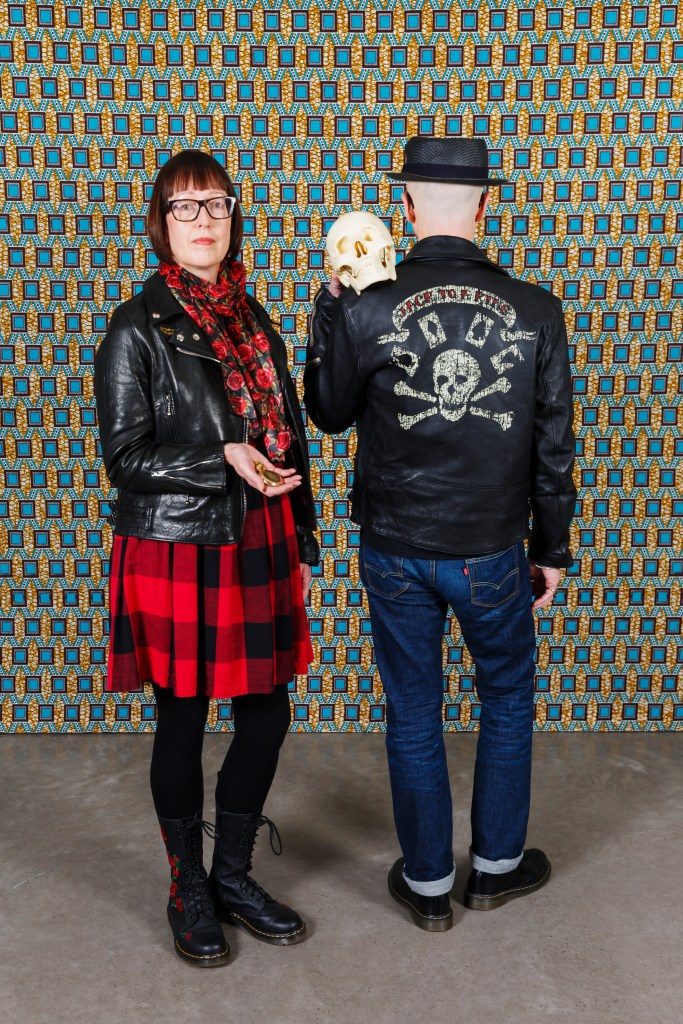
The Brown Family (2017), Martin Parr. © Martin Parr
These aren’t the candid, tightly cropped, saturated shots for which Parr is best known. The couples and their dogs have signed up for a portrait session in the gallery space of the Martin Parr Foundation in Bristol. The space opened in October last year and will show the work of mainly British photographers. It also houses Parr’s various collections: primarily photo books but also prints, objects of various types, and book dummies, all of which will be viewable by appointment once the inventory is completed this year.
The first exhibition in the gallery is Parr’s recent project documenting the Black Country. It’s a typical Martin Parr project – finding unusual images from everyday scenes mixed with a bit of kitsch. Parr spent four years visiting events, weddings, celebrations, and walking the streets of the West Midlands. He has said of the project: ‘With its famous industrial past, there was going to be an inevitable sense of decline in the area, but what I had not counted on was the revitalisation that the many immigrant groups had brought to the area. There are active communities from many parts of the world: India, Pakistan of course, and the inevitable recent influx of Poles, but also Somalis, West Indians, and many others.’
The 13 large prints chosen for the gallery walls (there are also 21 shots displayed in the window and a short film) seem to have made the cut because of their references to British and English identity. One photograph shows a hall full of older people waving small plastic St George’s Cross flags during a St George’s Day celebration; another shows a room in a slightly dilapidated factory where two employees pose awkwardly for Parr, the only decoration a Union Jack on the wall behind them. Hanging to the left of these prints is an image of a Sikh man on a street, holding a Union Jack bag for life in front of him. All these feel like typical Martin Parr shots exploring his regular subject of British identity, although the flags have a slightly different resonance now after the West Midlands produced the highest regional vote to leave the European Union in the 2016 referendum.
‘Black Country Stories’ is at the Martin Parr Foundation, Bristol, until 20 January.
Unlimited access from just $16 every 3 months
Subscribe to get unlimited and exclusive access to the top art stories, interviews and exhibition reviews.

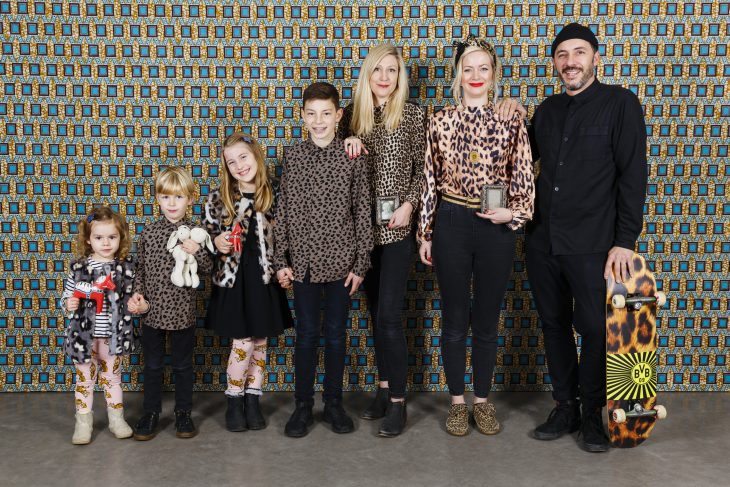
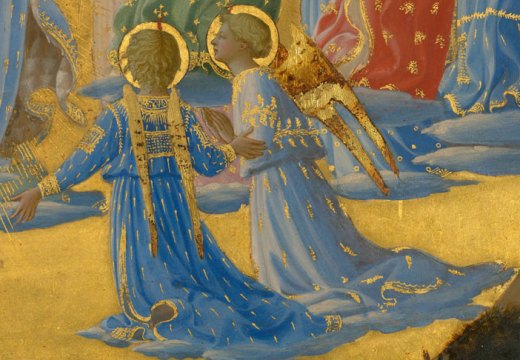
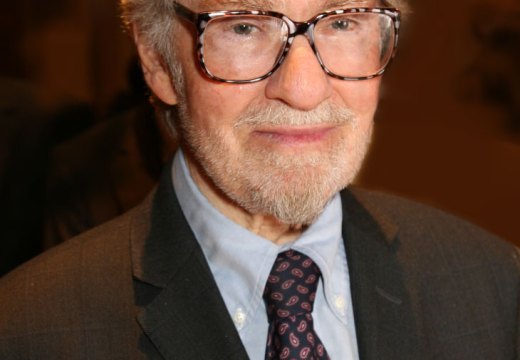
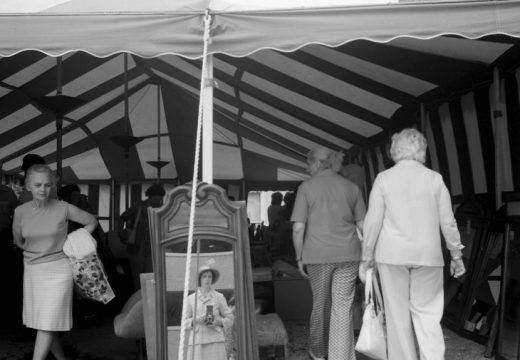









![Masterpiece [Re]discovery 2022. Photo: Ben Fisher Photography, courtesy of Masterpiece London](http://www.apollo-magazine.com/wp-content/uploads/2022/07/MPL2022_4263.jpg)
It’s time for the government of London to return to its rightful home